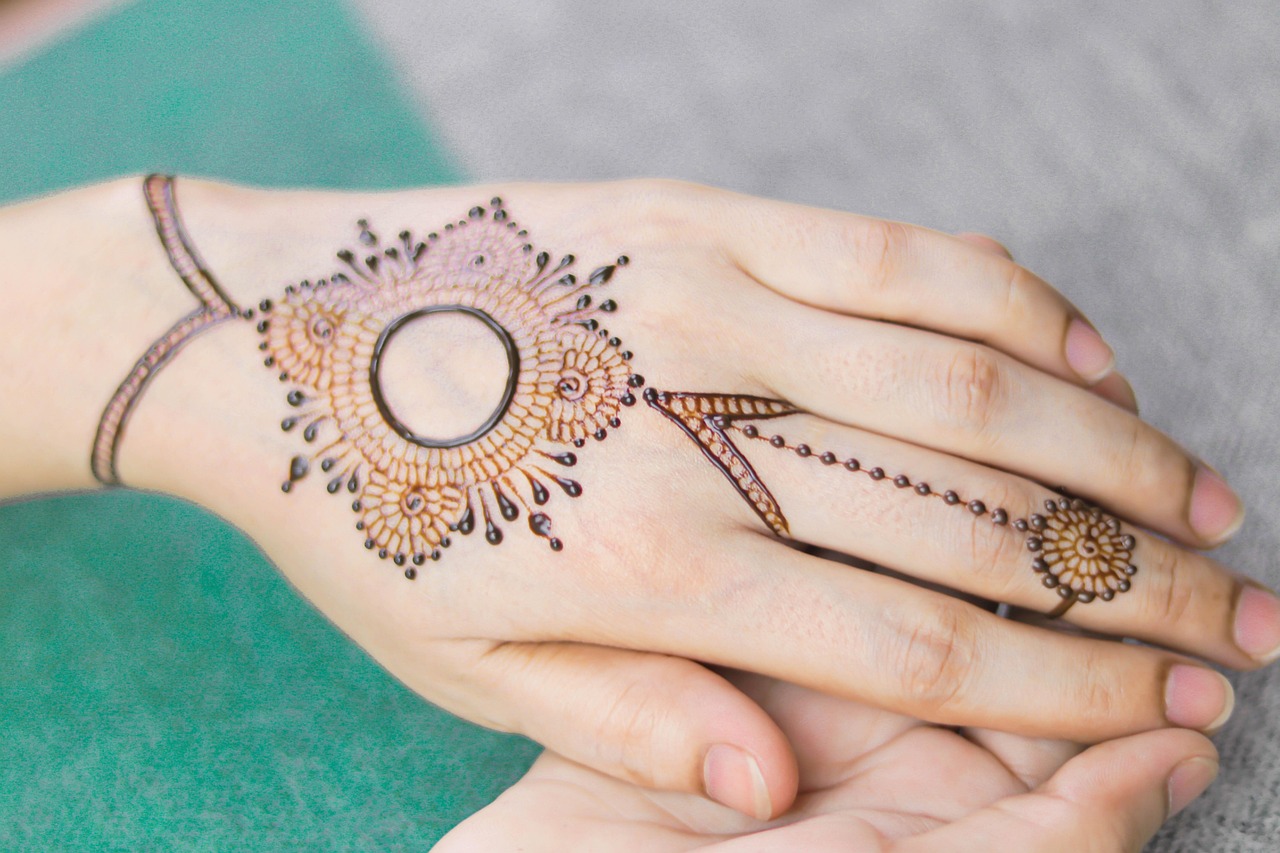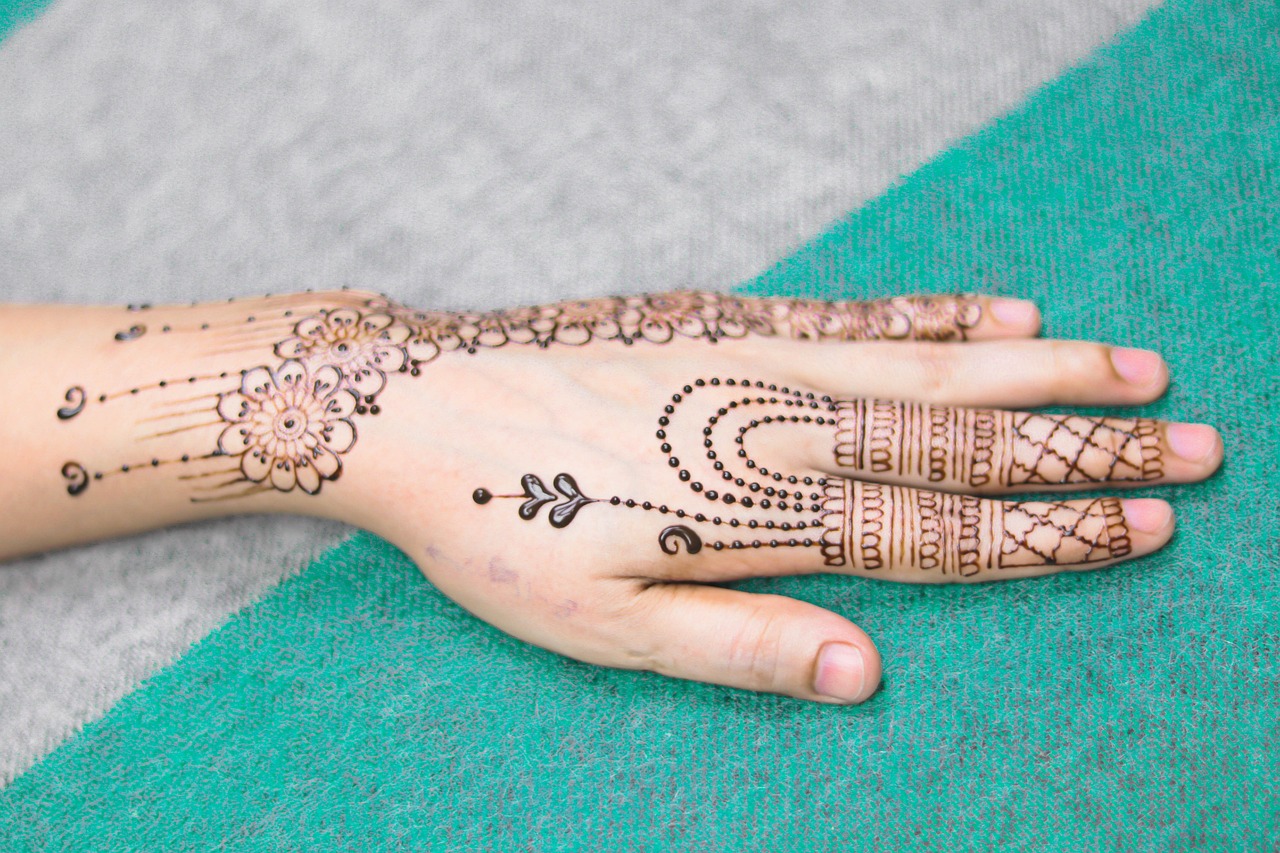Indian Mehndi Designs Back Hand: A Guide to Elegant Beauty
Indian mehndi designs for back hands have long been a symbol of beauty, tradition, and artistry. From weddings to festive occasions, intricate mehndi patterns are more than decorationâthey tell a story. In this guide, weâll explore the charm of back-hand mehndi designs, answer common questions, and provide practical insights for both beginners and enthusiasts.
Why Indian Mehndi Designs Back Hand Are So Popular
Indian mehndi designs are admired for their fine details, cultural significance, and symbolic beauty. The back of the hand is an ideal canvas that allows mehndi artists to create symmetrical, eye-catching patterns that complement traditional attire. These designs often include floral motifs, paisleys, and geometric patterns, making every creation unique.
What Makes Back-Hand Mehndi Designs Unique?
The back-hand designs are distinct because they combine functionality with beauty. Compared to palm designs, back-hand patterns are more visible when hands are held up or resting naturally. They also tend to be slightly less dense, creating a balanced and elegant look.
Did You Know? Mehndi Traditions Around the World
According to a cultural report in the Encyclopedia Britannica, mehndi originated over 5,000 years ago and is a practice celebrated globally, especially in Indian, Middle Eastern, and African cultures.
Popular Styles of Indian Mehndi Back-Hand Designs
Another reason Indian mehndi back-hand designs are cherished is the diverse range of styles they offer. From minimalistic patterns to heavily detailed masterpieces, there is something for everyone. Here are the most popular styles:
- Floral Patterns: Feminine and timeless, floral mehndi designs are perfect for weddings and festivals.
- Geometric Patterns: Symmetrical shapes and lines appeal to those seeking a contemporary touch.
- Arabic Influence: These tend to be more linear and focus on bold, spaced-out elements, perfect for back-hand showcases.
- Traditional Indian Motifs: Intricate depictions of gods, animals, or paisleys for a more cultural vibe.
How Long Does Mehndi Last on the Back Hand?
On average, mehndi lasts between 7-14 days, depending on the quality of the henna paste and how well it’s maintained. Factors such as regular washing or exposure to chemicals can reduce its lifespan significantly.
Quick Tip: Maximize Your Mehndi’s Longevity
To ensure your back-hand mehndi design lasts longer, apply eucalyptus oil before the henna is applied and avoid washing your hands with soap for at least 12 hours after removal.
How to Choose the Perfect Mehndi Design for the Back Hand
Choosing the right mehndi design can be overwhelming due to the sheer variety available. Understanding the occasion and your preferences can simplify the process. For simpler events, opt for delicate designs, while grand festivities like weddings call for intricate, elaborate patterns.
Can Beginners Try Back-Hand Mehndi Designs at Home?
Absolutely! Beginners can create stunning back-hand mehndi by starting with basic patterns like vines, swirls, and dots. Many online tutorials are available to guide you through the process step-by-step.
Real Example: From Beginner to Mehndi Artist
Aditi Rao, a renowned mehndi artist, shared in The Indian Express how she began honing her skills at home by replicating simple patterns she found online. Today, she creates bespoke mehndi designs for high-profile weddings.
Practical Tips for Stunning Indian Mehndi Designs Back Hand
Creating the perfect back-hand mehndi design involves more than artistry. Here are a few practical tips to make your design stand out:
- Select High-Quality Henna: Use organic henna for the best stain and to avoid harmful chemicals.
- Start from the Fingers: Designing from the tips of your fingers down towards the wrist ensures a natural flow.
- Practice Often: The more you practice, the better your designs will become.
What Are Some Quick and Easy Designs for Beginners?
For beginners, designs like swirling vines, small flowers, and simple lace-like patterns are ideal. These are forgiving and still look elegant when applied to the back hand.
Expert Insight: Make Your Mehndi Stand Out
âFor an added touch of elegance, incorporate glitter or stones into your back-hand mehndi design. Itâs a modern twist thatâs trending at weddings,â suggests Pooja Verma, a notable mehndi artist in India.
Conclusion
Indian mehndi designs for the back hand are a blend of tradition and creativity. Whether youâre attending a special event or simply want to adorn your hand with intricate designs, these patterns are sure to impress. With endless variety, practical tips, and a little practice, you can master the art of mehndi for any occasion.
Do you love exploring mehndi designs? Share your favorite back-hand patterns or tips in the comments below! Donât forget to subscribe to our blog for more updates on mehndi trends, tips, and tutorials. Happy designing!




